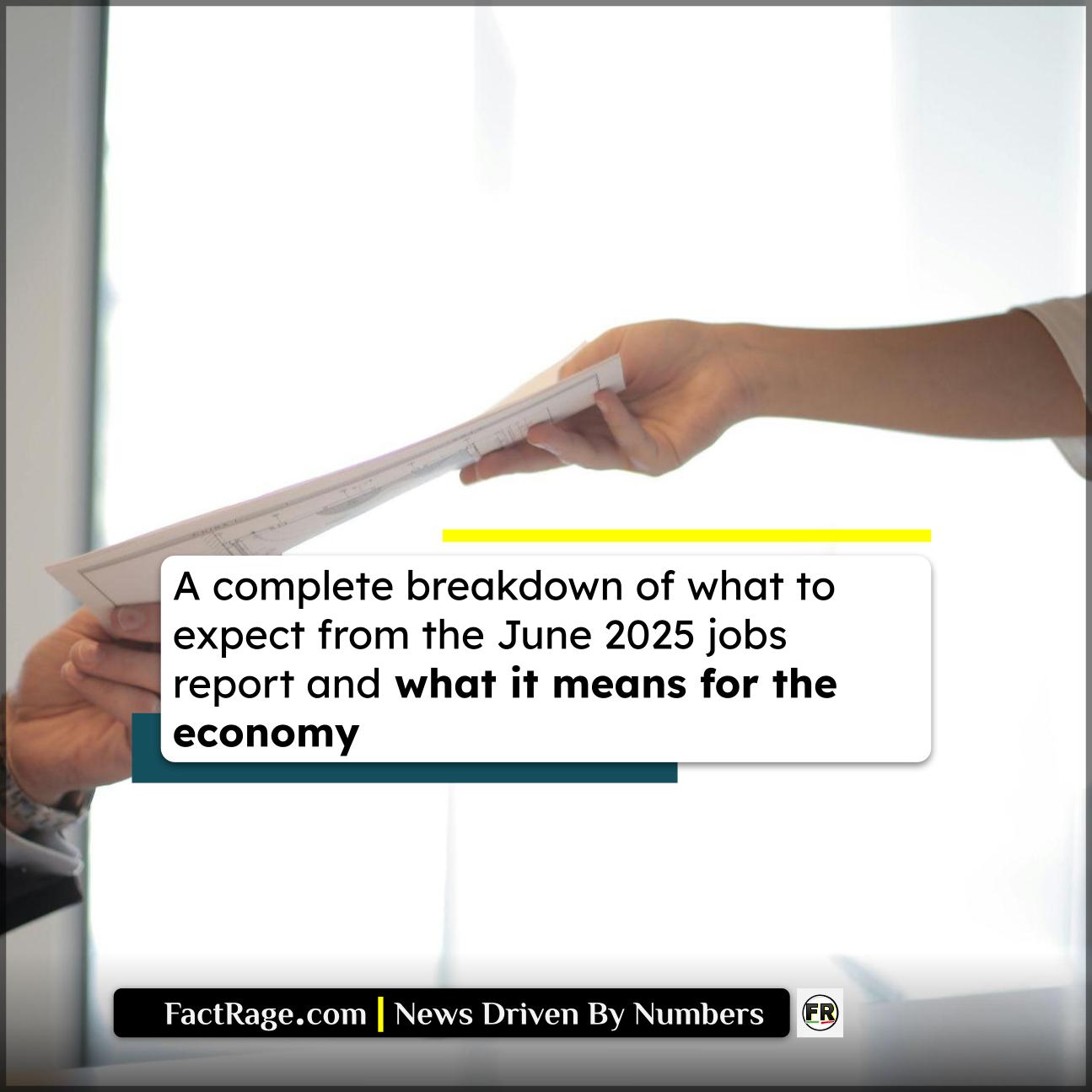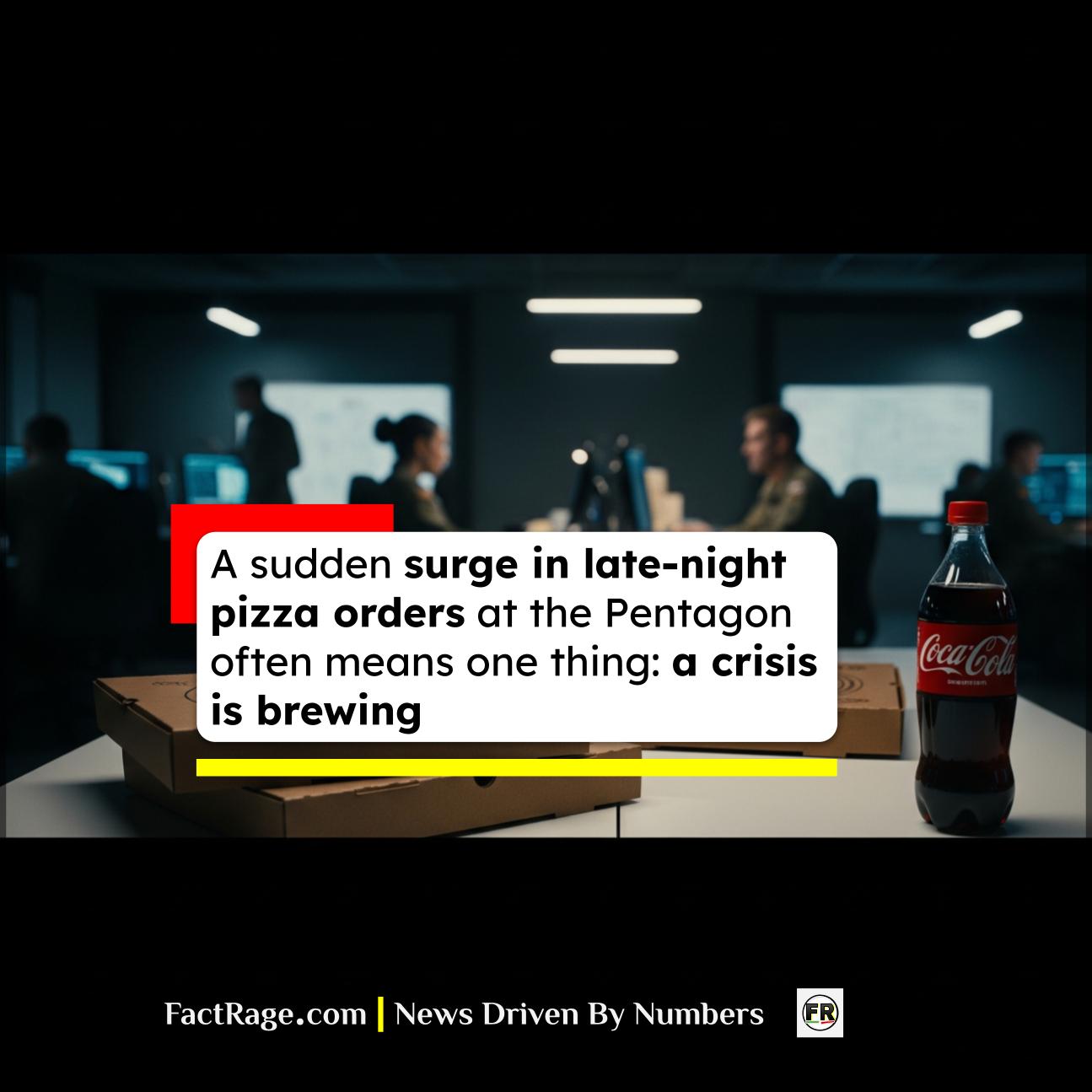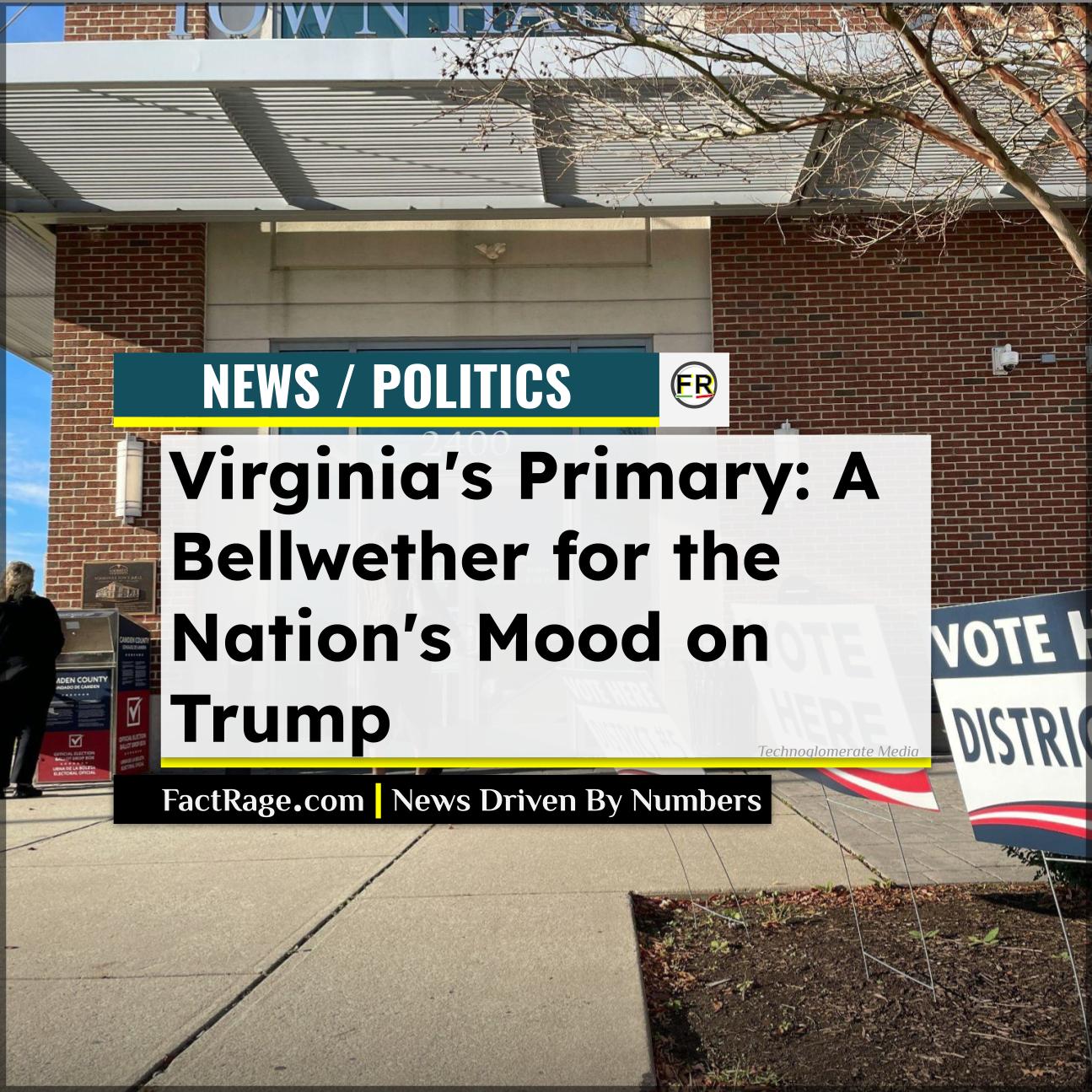WASHINGTON, DC – The U.S. Bureau of Labor Statistics is preparing to release its June 2025 employment report, a critical data set that will provide the first comprehensive look at the health of the labor market in the second half of the year.
- Key Metrics – The report’s headline figures include the number of nonfarm payroll jobs added, the national unemployment rate, and the labor force participation rate.
- Inflation Indicator – Average hourly earnings, or wage growth, will be a primary focus for its direct implications on consumer spending and inflationary pressures.
- Federal Reserve Impact – The data will heavily influence the Federal Reserve’s upcoming decisions on interest rates, as the central bank balances its dual mandate of maximum employment and stable prices.
Financial markets and policymakers are awaiting these figures to gauge the economy’s momentum and refine their outlooks for the remainder of the year. The report’s contents will likely set the tone for market activity and economic debate in the weeks to come.
What the Headline Numbers Will Reveal

The most anticipated figure is the net change in nonfarm payrolls, which measures the number of jobs added or lost across most of the economy. A strong number suggests robust business activity and hiring, while a weak or negative figure can signal an economic slowdown. Economists will be watching to see if the pace of hiring is accelerating, decelerating, or holding steady.
Alongside job creation, the unemployment rate provides a measure of labor market slack. This percentage represents the share of the labor force that is jobless but actively seeking work. Another crucial, but often overlooked, metric is the labor force participation rate. This figure shows the percentage of the working-age population that is either employed or looking for a job. A rising participation rate can be a sign of economic optimism, as more people enter the job market, but it can also keep the headline unemployment rate from falling even as jobs are created.
Why Wage Growth is the Critical Data Point
While job growth and unemployment capture headlines, many analysts will turn directly to the data on average hourly earnings. This metric, which tracks the growth of wages, is a key indicator of potential inflation. How does this work? When wages rise quickly, households have more money to spend, which can drive up demand for goods and services and, consequently, prices.
The Federal Reserve monitors wage growth closely. If wages are increasing at a moderate pace, it can support consumer spending without overheating the economy. However, if wage growth is too rapid, the Fed may see it as a sign that inflationary pressures are building, potentially prompting it to maintain higher interest rates to cool down economic activity. The balance between healthy wage gains for workers and sustainable, non-inflationary economic growth is what policymakers aim to achieve.
How This Report Shapes Economic Policy
The ultimate impact of the June jobs report extends directly to the Federal Reserve. The central bank’s decisions on its benchmark federal funds rate are data-dependent, and the employment situation is one of the most important inputs.
A “hot” report, characterized by very strong job growth and rapidly accelerating wages, could pressure the Fed to keep interest rates elevated or signal a more hawkish stance to curb inflation. Conversely, a “cold” report showing weak job creation and stagnant wages might give the Fed reason to consider lowering rates to stimulate the economy. A “Goldilocks” scenario—one with solid job growth and moderate wage increases—would be the ideal outcome, suggesting the economy is growing without triggering runaway inflation, potentially allowing the Fed to hold its policy steady. The story told by this report will be a central piece of the economic puzzle for the second half of 2025.









